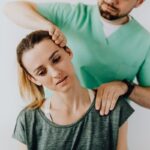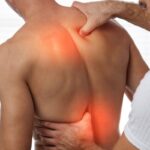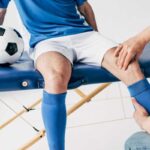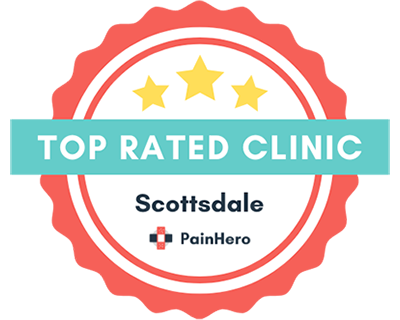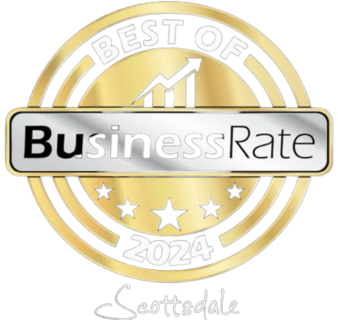If you looked up rehab for golfers or golf physical therapy, chances are, you’re in pain. To start, does this sound familiar? It’s a gorgeous day. It’s a beautiful day. Finally, you are out on your favorite course with a group of friends. But, unfortunately, your tight lower back, which was nagging you a bit on the front nine, is now screaming at the back nine.

If you look up rehab for golfers, chances are you are in pain:
Lower body injuries are generally caused by not using the lower body in your golf swing. Players with a strong swing can experience lower back, knee, hip, and hip problems. The best golf swing requires both the upper and lower body. There are a few problems when you play with your upper body only. First, a swing that is all arms will adversely affect your ability to play golf. A swing that is all arms will result in a lack of power. The upper body’s muscles can’t generate as much force as the combined strength of the lower and upper body. The second problem is that the lower back, knees, hips, and hips are subject to a lot of rotational force and torque, eventually leading to injury and pain.
While lower body injuries are often due to overuse, most of the injuries golfers sustain in the upper body result from excessive use. The muscles in your core, back, shoulders and arms don’t have the strength to withstand the strain of swinging the golf club as often as when you go out for a round or hit a bucket. Increases in sedentary lifestyles and hours spent looking at our phones, and our weaker upper bodies can lead to repetitive injuries and other issues.

Prevention is Key
Nobody likes to deal with pain and injuries on the golf course. Golf is about having fun with friends and enjoying some competition. It’s also about getting away from the rest of the world and it’s stressors. An injury is the worst thing to happen to such a noble pursuit. However, there are simple ways to prevent or treat the most common golf injuries.
Chronic injuries are more common in golf injuries than acute ones. For example, the lower back twinge you feel when you go to your backswing or follow through. It feels like it has been there all along. It can sometimes be worse than others, but it is always there. Acute injuries are more common in other sports. For example, a tennis player might roll his ankle and experience immediate swelling.
Your body’s way of telling you that something is slightly wrong with you is chronic injuries. You would be dealing with a more severe injury if you did something seriously wrong.
Most common injuries are due to a sedentary lifestyle and lack of dynamic movements, such as swinging a club. This combination can lead to knee problems, hip, and lower back issues, shoulder and elbow issues, and wrist and elbow issues. Although the TV guys make it look easy, the reality is that the golf swing is one of the most complicated movements in sports. You can feel motion at almost every joint of the body, and it must occur in a correct sequence when you swing a club 100 miles an hour.
Scottsdale Physical Therapy & Performance is located in Scottsdale, Arizona. Since we opened, we have been in the golf physical and injury prevention business. We know that hurt pros don’t move up in the World Golf Rankings and don’t make any money. We also know that casual players aren’t able to play the game they love when they are injured.
Preventing injuries from occurring is the best way to handle them. Prehabilitation of your body is a better option than spending a lot of time with a physical therapist trying to heal an injury.
Prehabilitation focuses on the most common injuries and helps to prevent further damage. It’s easy to modify your golf fitness program to address your physical limitations once you better understand your body. For example, you can prevent lower-body issues such as knee, hip, or lower back problems by strengthening your hips and legs, stretching, and doing movement drills. As a result, your drive will be more powerful with the extra power of your hips and legs, and the other movement from your lower body will allow you to swing the club more correctly and healthily.
Poor posture can cause neck pain and chronic upper back pain.
However, you can avoid Advil by using movement drills to straighten your back. A straighter spine can make it easier to maintain your swing plane. In addition, improving your posture can make a big difference in improving your accuracy. After improving your posture, you will be amazed at how straighter the ball hits the ground.
Specific movements to increase your rotational range-of motion will allow you to get deeper into your swing and prevent injury to your rotator muscles.
Prehabbing and golf physical therapy is just as important at Scottsdale Physical Therapy & Performance. This is more important than any other thing we do with players. All our players are welcome, whether professional or amateur golfers or high school students trying to make their school’s team.
What happens when you get hurt in golf?
Even with all your planning, accidents can happen. Things can happen when you swing a driver, wedge, wood, or wedge 60 to 100 times during a round. If you spend your time at the computer, the odds are against you.
It’s not only senior and adult players who can get infected by the injury bug. While junior players are equally vulnerable, there are some essential differences.
Mobility issues are the most common problem for older players. They have too many joints and lack the necessary range of motion to perform an optimal swing. It’s possible to get away with it for a while, but eventually, the lights will start to turn on. If you are curious for an example of thoracic mobility drill check out our YouTube video here. .
Weakness issues are common in junior golfers. Overuse injuries may occur if the muscles of the hips, core, and shoulders don’t have the endurance to support proper form during the swing. In addition, the body’s vulnerability to an injury can be increased by a lack of strength or stability, especially for players still in development.
It doesn’t matter if you’re 15 years old or 75. A severe injury can result in some downtime and physical therapy. Although physical therapy can be a powerful tool in dealing with injuries, it does have its limitations. It is designed to help you return to the status quo as quickly as possible and safely. Unfortunately, it doesn’t aim to make you a better, more efficient, healthier golfer. You should mention your golf game if you are dealing with an injury. Many physical therapists have experience with sports injuries. They can offer tips and tricks on the best use the rehab
What is in Golf Rehab?
Number 1 is to decrease the pain and find the root cause of your issue. Once the pain is gone and you are moving better, we start dive into strength and power training. A good program will be comprehensive and will make sure the odds of this coming back are slim. Injury prevention is an integral part of any program. You’ll be healthier, more consistent, and have more fun on the course. In addition, you can play at a level you have only imagined if you are an avid golfer. If you are one of the three World Number One golfers who call our facility “home,” you might want to clear some shelf space for additional championship trophies.
Whether you’re visiting our Scottsdale office or working with us online, our programs are designed to make you a better player and keep you injury-free. Identifying your body’s limitations and adding prehab movements to improve your golf-specific strength is easy.
A round of golf should be a fun and pleasurable experience. But, if pain or injury keeps you from enjoying your time out on the course, Dr. Tyler PT help you get back in the game, stay healthy, feel great, and shoot lower scores.
Share Article:
Socials
Facebook-f
Instagram
Tiktok
Linkedin
connect with us
Author
Dr. Tyler is a physical therapist and founder Scottsdale Physical Therapy & Performance in North Scottsdale, Arizona. He see golfers, athletes and active adults. His focus is offering one-on-one sessions for 1 hour focused on developing individualized programs to get you back to your goals.
If you have any questions about online programing or want to stop in for a visit, please reach out by hitting “request appointment” in the top of the page.
– Dr. Tyler PT, DPT, FAAOMPT, TPI-2



